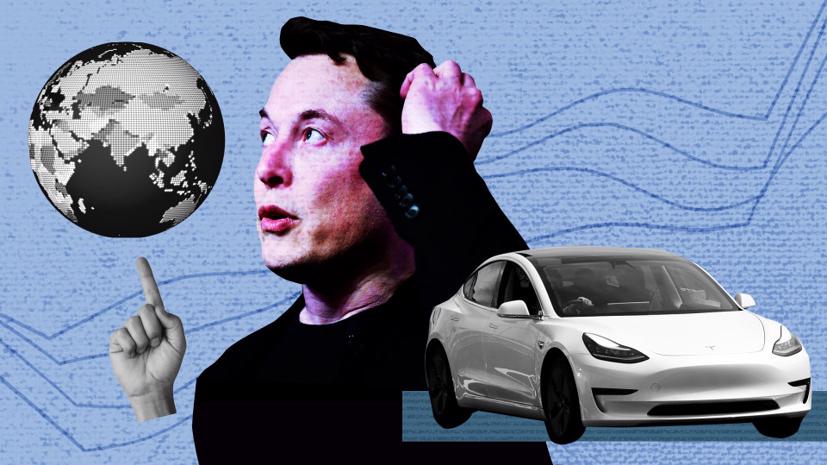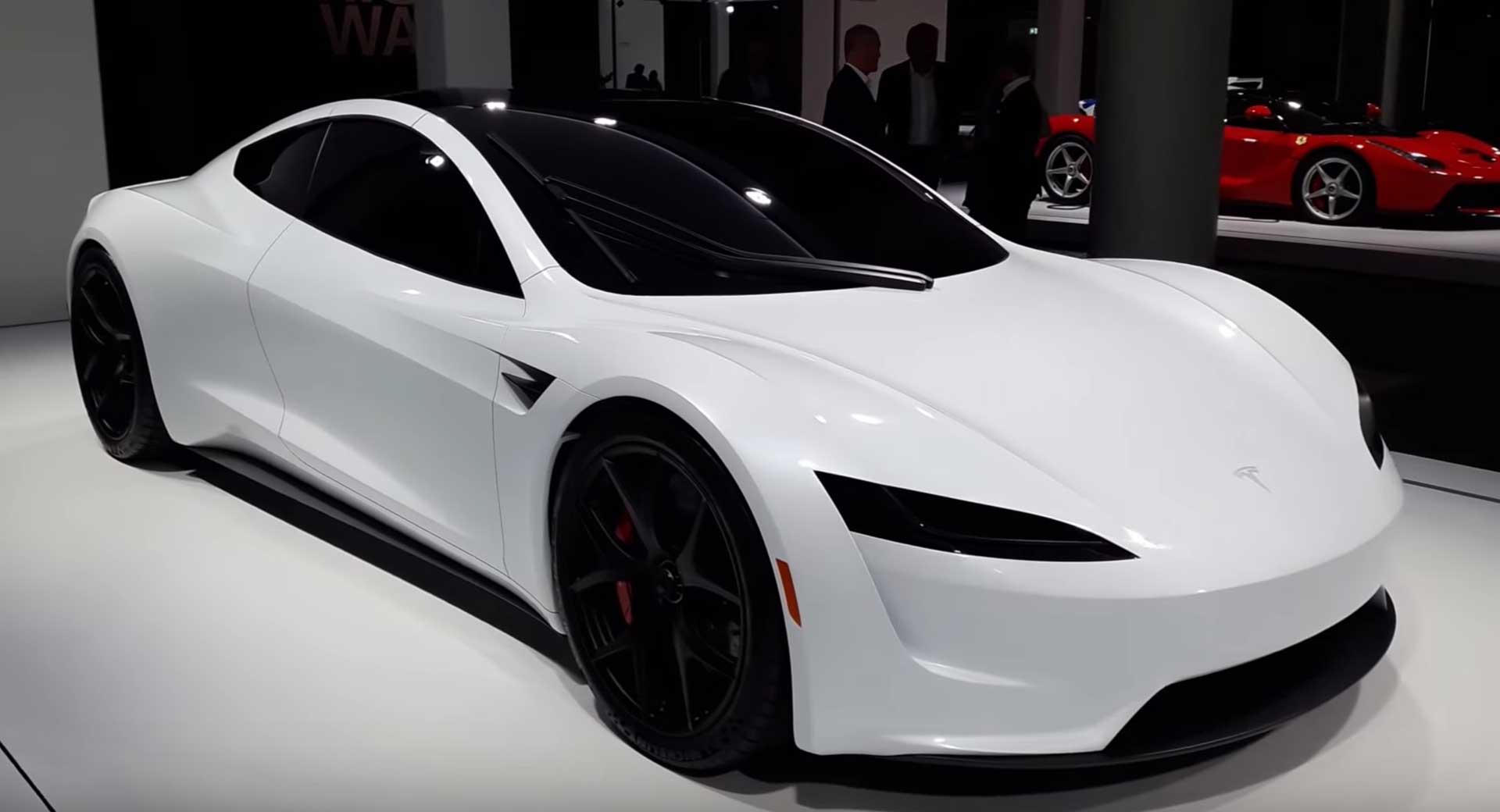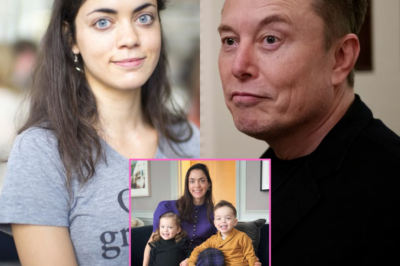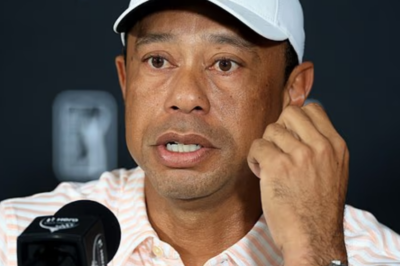Tesla sells cars at prices almost as cheap as gasoline cars: Elon Musk’s electric car war has just officially begun
Instead of launching an electric supercar or a flying car, Tesla is launching a low-cost car model that is “closer to the average consumer,” according to Elon Musk.

Earlier this week, Tesla announced two new versions of its best-selling cars – the Model Y and Model 3 – that are about $5,000 cheaper than their predecessors. The new Model Y will reportedly start at $40,000, while the Model 3 will start at $37,000. The new versions are designed to stimulate sales as the U.S. government ends its $7,500 tax credit for electric vehicles at the end of September.
The move is seen as an early sign of how billionaire Elon Musk’s automakers will adjust their products and prices after President Donald Trump and the Republican-controlled Congress ended subsidies for qualifying electric vehicles. Tesla remains the top-selling electric carmaker in the US, although its market share has fallen below 50%.
There are a growing number of electric vehicles on the market, priced from $35,000 to $40,000, which is cheaper than luxury gas models from BMW or Mercedes-Benz, but still more than gasoline or hybrid cars from Toyota and Honda. However, the long-term cost of electric vehicles is often lower, because home charging is cheaper than gasoline and electric vehicles require less maintenance.
Last week, Hyundai said it would cut the average price of its 2026 Ioniq 5 by more than $9,000, with a starting price of just $35,000—about the same as the gas-powered Santa Fe. Likewise, GM’s Chevrolet Equinox and the 2026 Nissan Leaf both start under $35,000 and have a range of about 300 miles per charge. GM is expected to relaunch the Chevrolet Bolt next year for around $30,000 or less.
Still, Tesla’s low-cost Model 3 and Model Y are more expensive than their predecessors when they benefit from tax incentives, which only apply to people earning less than $150,000 a year (or couples earning less than $300,000 combined).
Tesla reported record sales last week for the third quarter, but analysts said the surge was due to a rush to buy before tax incentives expired. They expect sales to decline sharply in the coming months.
Some investors and analysts have criticized Tesla for not launching an all-new model amid fierce competition from traditional automakers like GM, BMW, Volkswagen, as well as new Chinese rivals like BYD — which has now surpassed Tesla as the world’s largest electric vehicle maker.
Meanwhile, Tesla’s latest model, the Cybertruck, has been selling very slowly. Despite Tesla launching an updated version of the Model Y earlier this year, global sales have continued to decline.
The company once planned to produce a low-cost electric car in Mexico with an expected price of 25,000 USD, but Elon Musk canceled this project to focus resources on developing self-driving robotaxis and humanoid robots.
The two new models unveiled Tuesday retain the basic design of the Model 3 and Model Y, but use cheaper materials—a cloth interior, fewer speakers, and less sound insulation. The lower-priced Model Y has dual headlights instead of a seamless LED strip, and a glass roof covered in fabric instead of a bare roof.

Both models have a range of 320 miles (about 515 km), which is slightly less than the more expensive versions.
Some investors were disappointed that Tesla did not launch an all-new model, such as a hatchback or the rumored two-door sports car Roadster. “Sales of these lower-cost models will largely cannibalize sales of the higher-end versions,” said Gary Black, director of the Future Fund.
Previously, Tesla had hinted on Twitter that it would have a new product, causing the online community to speculate about a “super car” or “flying car.” However, the launch of only a low-cost version caused Tesla’s stock price to drop more than 4% by the end of the day.
BACK TO PRACTICE
Elon Musk calls this an effort to “bring Tesla closer to the mainstream consumer.” But the motivation behind it is actually more pragmatic. Since early 2024, Tesla sales have plummeted in both the US and Europe, as electric vehicle tax incentives ($7,500/car in the US) expired and competition from China — especially BYD — intensified. According to AP News, in the second quarter of 2025, Tesla’s global sales fell nearly 14% year-on-year, while BYD surpassed Tesla for the first time in the pure EV segment, with more than 1.8 million vehicles sold in the first half of the year. Faced with such pressure, lowering prices is a must if Musk does not want to lose his leading position.
However, what has analysts most concerned is not the price, but Tesla’s delay. More than 7 years have passed since Elon Musk promised a “$25,000 electric car” at the 2018 Model 3 launch. Since then, that promise has been repeatedly postponed, then shelved in favor of the Cybertruck, the Optimus robot, or the FSD full self-driving system. Multiple internal sources revealed to Reuters that the low-cost car project codenamed “Redwood” (Model 2) has been postponed until at least 2026, and is “no longer on the production plan for 2025.”
The delay reflects the contradictions in Musk’s own strategy. On the one hand, he still insists that Tesla is the pioneer “to bring electric cars to the masses”; on the other, he is caught up in the race for high-tech—from autonomous robots to artificial intelligence to driverless taxis—that promise much bigger profits than cheap mass-market cars.
By comparison, while Tesla is still struggling, BYD, SAIC and Geely have launched a series of EV models priced under $25,000, even as low as $18,000 in China. A BYD Dolphin can travel 400 km per charge, has a modern interior, and has started appearing in Europe at a price nearly 40% cheaper than the Tesla Model 3. And in India, Tata Motors and MG are also preparing to launch electric cars under $20,000.
The underlying problem lies in Tesla’s cost structure. Despite expanding production at Gigafactory Texas, Berlin and Shanghai, the company still relies on expensive batteries and complex self-driving technology. Tesla’s battery costs are still 10–15% higher than those of its Chinese rivals.
However, there is no denying that this price cut is still a strategic signal. It helps Tesla stimulate demand in the short term, maintain production, and prepare the platform for the next generation of products. Musk has hinted at a “car smaller than the Model 3” being developed on a new generation platform at the Gigafactory in Mexico. If true, it could be “Tesla 2” – the car Musk once promised would “change the world again”.
News
Did Taylor Swift Allegedly Give a Bride Big Bucks To Change Her Wedding Date? Venue Says No
By now, all of the civilized world knows that Taylor Swift and Travis Kelce are getting hitched. The pop princess and the…
Elon Musk continues to create controversy by revealing new information about his family life with his ‘girlfriend’, the senior operations director at Neuralink
Elon Musk confirms girlfriend Elon Musk continues to create controversy by revealing new information about his family life, showing how…
LIV Golf tycoon reveals sad news about merger: “I feel there will be a new world order”
LIV Golf CEO Shares Update About PGA Tour Merger No One Expected: ‘There’ll Be New World Order’ Scott O’Neil stepped…
Max Homa admits there was a time he genuinely couldn’t stand Justin Thomas.
Max Homa Comes Clean on Past Tensions With Justin Thomas: ‘Hated Each Other’ Over the years, we have witnessed Max Homa and Justin…
Tiger Woods shocks by hinting at career change in surprise TV appearance
Tiger Woods hints at shock career change with surprise TV appearance amid fears for his golf future Golf fans believe Tiger…
A judge has dismissed a ‘unique’ lawsuit by a woman who sued Billy Ray Cyrus on the grounds that she, not Tish Cyrus, is the real biological mother of Miley Cyrus.
Billy Ray Cyrus Succeeds in Dismissing One of Country Music’s Craziest Lawsuits of 2025 Earlier this year, a woman sued…
End of content
No more pages to load












